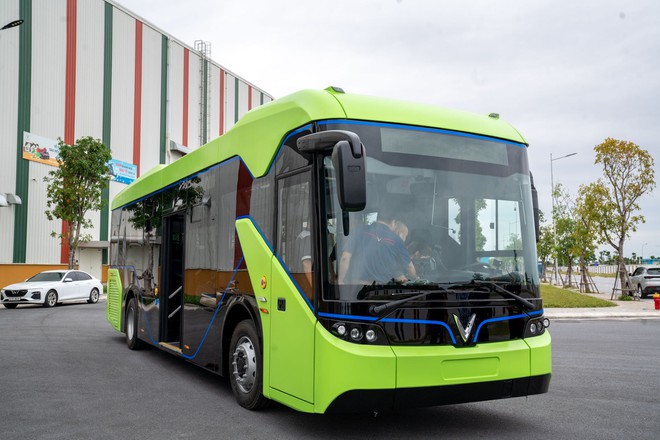Why battery EVs have raced ahead of hydrogen fuel cell vehicles
The battery electric vehicle (BEV) is the reality of the automotive industry, dominating headlines and often referred to as both the future of mobility and a potential solution to the global climate crisis.
With ever-tightening emissions regulations and social pressure, car suppliers and manufacturers have no choice but to increase investment and innovate to produce electric vehicles suitable for market demand.
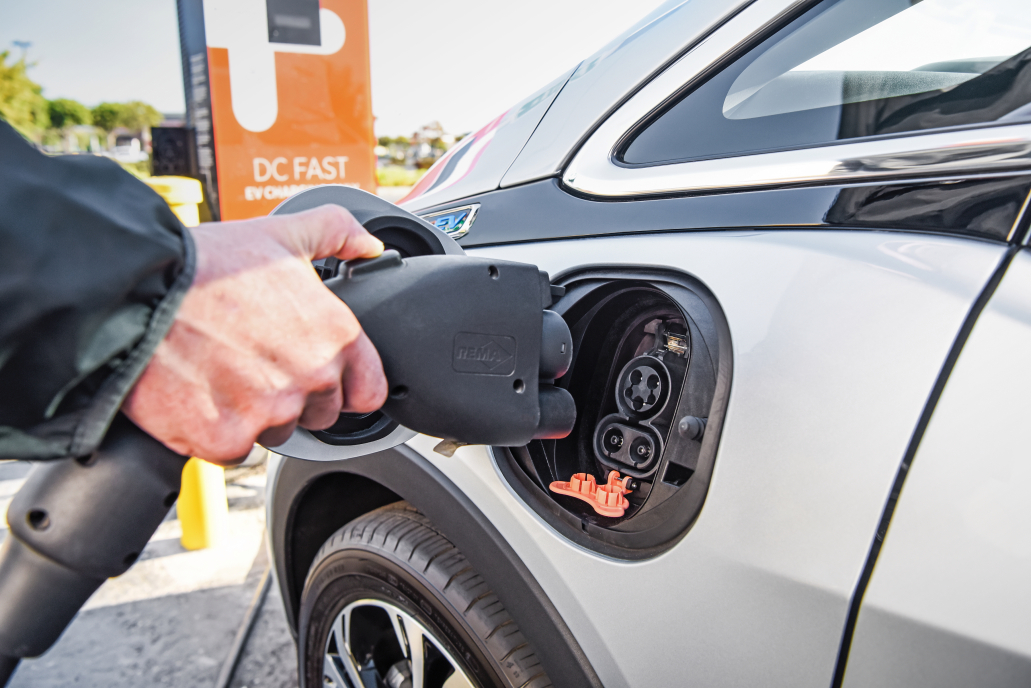
The automotive industry is undergoing radical and disruptive changes. For many years, the industry has taken a defensive position— reacting to CO2 emissions, government sanctions and societal blame rather than being on the front foot.
But the industry has started to take proactive steps in a bid to reclaim control of its destiny. Together with the success of new competitors such as Tesla, established automakers have reshaped their portfolios and introduced greener vehicles to market. BEVs define this shift and are a central component to ensuring the future of the industry. This is because EVs are the most logical and efficient way to decarbonise.
Automotive monoliths have made a public commitment to BEVs. For instance, VW Group Chief Executive Dr. Herbert Diess stated that there is no clear alternative to battery electric driving for the foreseeable future, explaining that BEVs are an essential part of the Group’s CO2 strategy.
It seems that this is a future that will be realized. Focusing on BEVs means complementing existing internal combustion engine portfolios in the short term, and completely replacing them in the longer-term. Automakers are therefore required to make significant investments in technologies and marketing initiatives to convert consumer interest.
In the 1990s, European automakers intensified research into the viability of vehicles which did not rely on fossil fuels. The first subjects are battery electric vehicle (BEV) and fuel cell vehicle (FCV). In 1994, Mercedes-Benz unveiled the first fuel cell vehicle to the global public: the NECAR 1.
Despite the development of several prototypes and other small series FCV presentations, no manufacturer has been able to put an FCV into mass production except for the Toyota Mirai. BEV is becoming more attractive to automakers because the technology is more suitable for mass production, facilitating faster and easier production when emissions regulations are an increasingly pressing issue.
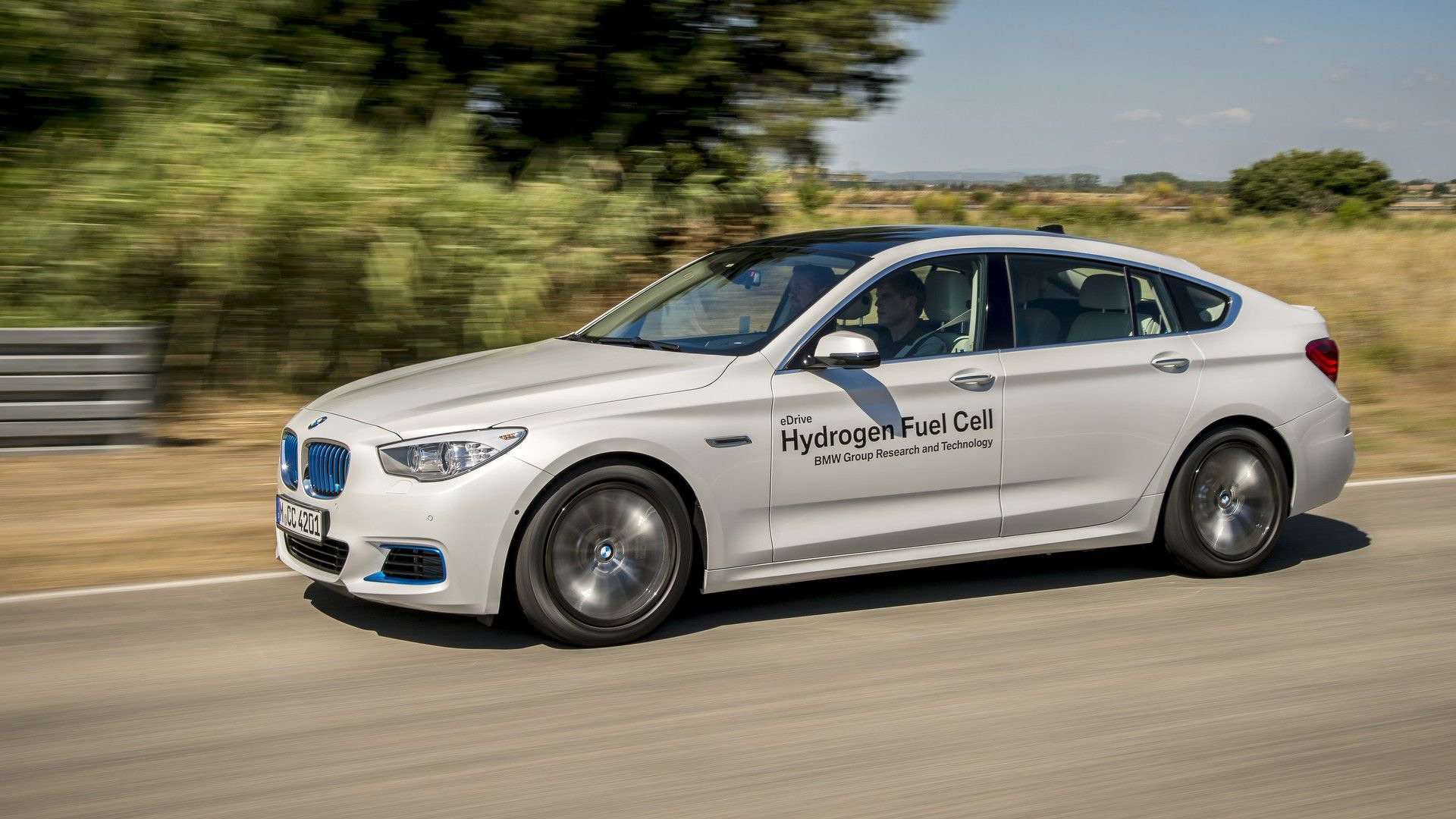
Compared to FCVs, battery electric vehicles (BEVs) are more cost-effective and allow automakers to achieve both purposes of: meeting emissions regulations and gaining profits.
As a result, automakers began to prioritize research and development for electric cell technology instead of hydrogen fuel cells. FCVs produce electricity using a fuel cell powered by hydrogen, rather than drawing electricity from only a battery, so to function they require both hydrogen supply mechanisms and fuelling stations.
This raises an evolutionary dilemma for the automotive industry: without enough infrastructure in place, FCEVs are not suitable for mass market adoption regardless of how clean, quiet and efficient they may be.
All electric vehicles need comprehensive infrastructure as well as charging stations to succeed. To deliver value, it is important not only to create a vehicle that exceeds expectations, but to create an ecosystem that enables its full potential.
The most important part of this ecosystem is an infrastructure that ensures customers can use their vehicles whenever they want. Bear in mind that range and charging anxiety are two of consumers’ biggest concerns when it comes to going electric—after all, what use is a car that cannot be driven?
Meanwhile the fueling for FCVs is more traditional. Like a traditional gasoline vehicle, filling a liquid hydrogen tank only takes a few minutes. Therefore, in the same amount of time, a hydrogen fueling station can serve more vehicles than an electric vehicle charging station which also means that we will need fewer hydrogen fueling stations compared to electric charging stations.
But in fact, hydrogen fueling stations are still rare. Even Germany, the European leader on hydrogen technology, owns only 82 hydrogen fueling stations compared to 24,000 charging stations for electric vehicles. The remaining countries of Europe only have 43 hydrogen fueling stations, but there are 120,000 charging stations for electric vehicles. These figures show how BEV popularity outstrips FCV.
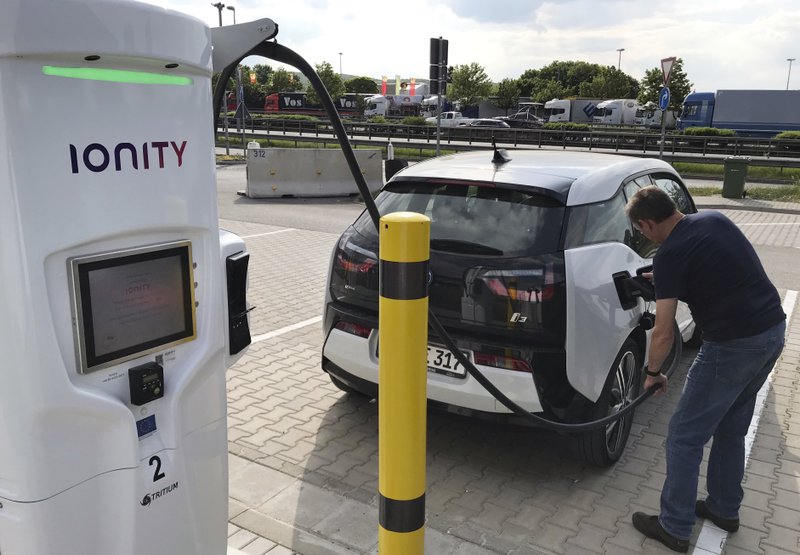
The reason comes down to cost. The automotive industry is faced with a unique set of challenges which must be responded to strategically; after all, revolutionizing product portfolios, meeting changing regulations and convincing consumers that an electric vehicle is better than an internal combustion car.
This is not an easy task.
Comparing the costs of building infrastructure for BEVs and FCVs, it becomes clear why investment in BEVs has leaped so far ahead. The average cost to build a hydrogen fueling station amounts to $ 1.1 million, while a charging station with four 150kW ports costs less than half. Besides that significant cost difference, it is also important to note that BEVs are still a reasonable choice as their energy can be distributed based on the existing grid systems. Meanwhile no hydrogen distribution network can be used to fuel the large number of FCV vehicles on the road.
Those are the reasons BEVs will continue to dominate for the foreseeable future. The Boston Consulting Group predicts that there will be 90 chassis models for electric vehicles on the market by 2030, and this figure will lead to the official launch of hundreds of electric vehicle models. VW has already stopped funding FCV research. However, Audi and BMW continue to produce small series or prototype of FCVs, but like VW, the bulk of their R&D spend is allocated for the battery-driven electrification of their fleets.
FCVs will remain on the automakers’ radars, but business and product strategies will focus on BEV technologies. In 2015, only around 335,000 BEVs were sold globally, jumping to over 1,700,000 in 2019—an average annual growth rate of around 50%. In comparison, between 2015 and 2019 only around 18,500 FCVs were sold in total.
The automotive industry will continue to focus on BEVs in the coming years to satisfy European CO2 targets, avoid fines, and to counter competition from abroad. However, fuel cell technology has potential in the future, as infrastructure improves.
Manufacturers including Bosch, Mahle, and Iveco are already experimenting with hydrogen-driven trucks with a focus on use cases where long distances and heavy loads are involved.
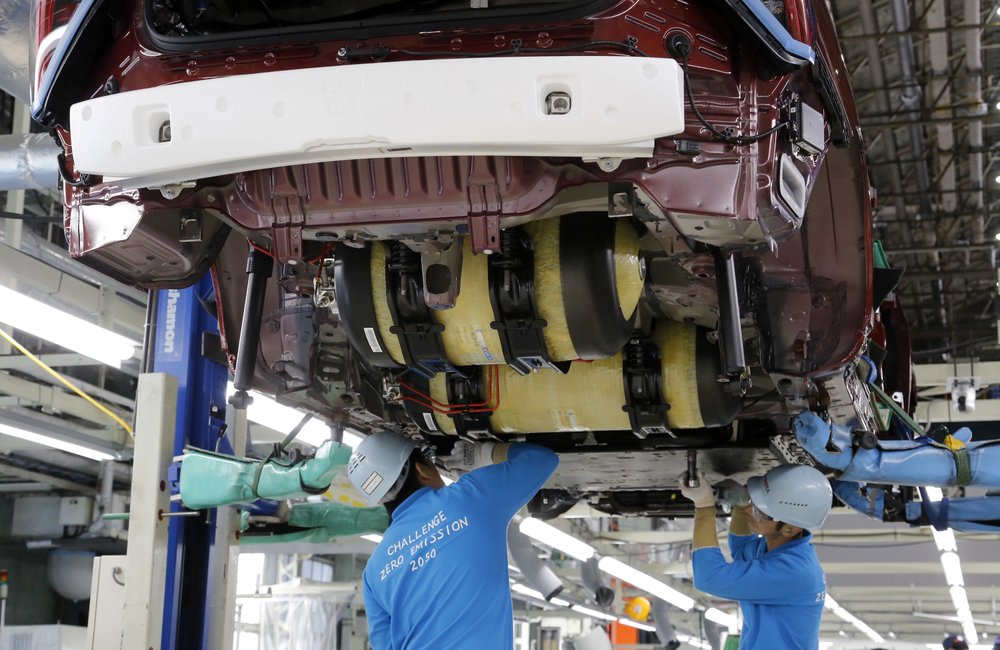
There may still be obstacles to overcome, but the automotive industry will not necessarily have to solve them alone. For example, hydrogen can be used as a synthetic fuel for internal combustion engines, trains, or aeroplanes, and the chemical and steel industries use hydrogen for many of their processes. So there is an incentive for these industries to work together to drive further innovation and investment.
It is possible that these other industries and use cases will push forward and establish green hydrogen as a “green” alternative energy source. This would make it feasible for the development of fuel cell technology to proceed, improving its efficiency to the point where it is suitable for mass market production.



































